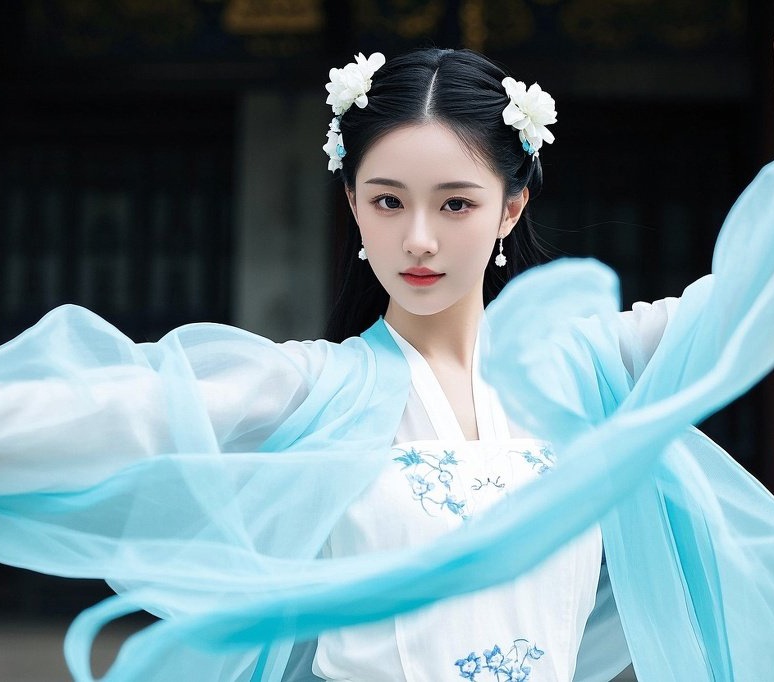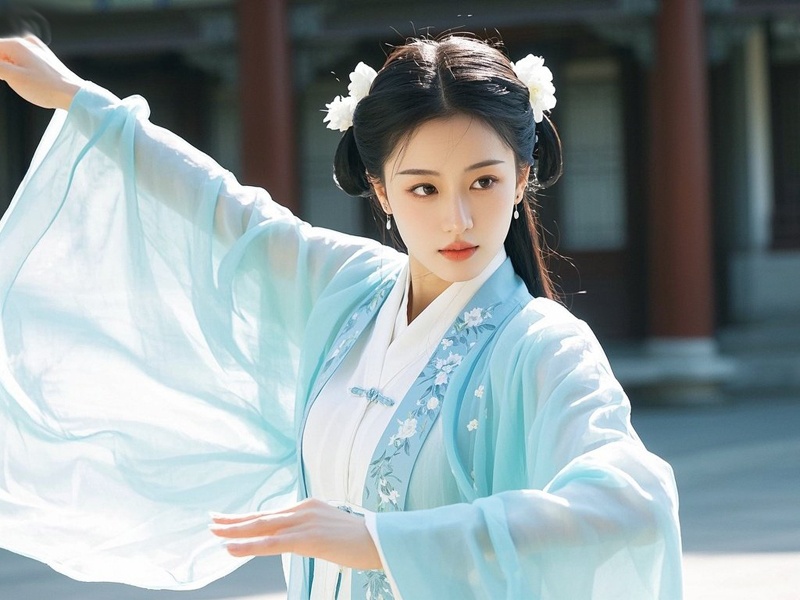Discover Taiyi Youlong Gong Lesson 20: Baiyuan Xian Guo and Jin Gang Lang. Learn these powerful Qigong movements to regulate energy flow, improve strength, and maintain vitality. Perfect for daily wellness!
Discover Taiyi Youlong Gong Lesson 20: Baiyuan Xian Guo and Jin Gang Lang. Learn these powerful Qigong movements to regulate energy flow, improve strength, and maintain vitality. Perfect for daily wellness!
Taiyi Youlong Gong Lesson 20: Baiyuan Xian Guo and Jin Gang Lang Movements for Health and Stamina
In the ancient practice of Taiyi Youlong Gong (太乙游龙功), Lesson 20 introduces two essential Qigong exercises: Baiyuan Xian Guo (白猿献果) and Jin Gang Lang (金刚狼). These movements are designed to regulate the flow of energy within the body, improve muscle tone, and enhance overall vitality. Whether you are a seasoned Qigong practitioner or a newcomer, these exercises offer a holistic approach to physical and mental well-being.

Baiyuan Xian Guo is a dynamic Qigong movement inspired by the grace of a white ape offering fruit. This exercise focuses on regulating the flow of energy through the body's meridians and enhancing flexibility.
Starting Position:
Begin in a neutral standing position with your feet shoulder-width apart. Keep your spine straight, shoulders relaxed, and gaze forward.
First Movement: Turning with Palms from Waist to Chest
As you turn your body, bring your hands from your waist to your chest. This movement helps regulate the flow of energy through the body's major meridians.
Benefits of Baiyuan Xian Guo:
Promotes energy circulation and balance within the body.
Enhances flexibility and coordination.
Strengthens the connection between mind and body.
Jin Gang Lang is a powerful Qigong exercise that mimics the strength and agility of a wolf. This movement is divided into two main parts, each focusing on different aspects of physical and mental conditioning.
Starting Position:
Begin in a neutral standing position with your feet shoulder-width apart.
Movement Details:
Push off your right leg and turn your body to the right, transitioning into a right horse stance (right knee bent, left leg straight).
Lower your hands to your thighs, then rotate them backward and inward, creating a circular motion.
Benefits of the First Part:
Strengthens the lower body and improves balance.
Enhances focus and mental clarity.
Prepares the body for the second part of the movement.
Movement Details:
Push off your right leg again and turn your body to the left, transitioning into a left bow stance (left knee bent, right leg straight).
Raise your hands to chest level, with your palms facing upward and slightly wider than shoulder-width apart.
Benefits of the Second Part:
Improves upper body strength and flexibility.
Enhances the flow of energy through the chest and arms.
Promotes a sense of inner calm and stability.
The complete practice of Lesson 20 combines Baiyuan Xian Guo and Jin Gang Lang into a seamless sequence. By integrating these movements, you can experience a harmonious balance of strength, flexibility, and energy flow.
Begin with Baiyuan Xian Guo:
Start in a neutral standing position.
Turn your body and bring your hands from your waist to your chest, focusing on the flow of energy.
Transition to Jin Gang Lang:
Push off your right leg and transition into the first part of Jin Gang Lang, focusing on balance and strength.
Follow with the second part, raising your hands to chest level and maintaining a calm and centered mind.
Breathing and Focus:
Coordinate your movements with deep, slow breathing. Inhale as you rise and exhale as you lower.
Focus on maintaining a calm and centered mind throughout the practice.
Energy Regulation: These movements help regulate the flow of energy through the body's meridians, promoting overall balance and vitality.
Muscle Toning: The dynamic and flowing movements strengthen the muscles, improve posture, and prevent muscle atrophy.
Improved Flexibility: The exercises enhance joint mobility and muscle elasticity, making them ideal for maintaining physical agility.
Mental Clarity: By focusing on breath and movement, these practices foster mental clarity and emotional stability.
Daily Wellness Practice: Lesson 20 is a perfect addition to your daily routine, offering a holistic approach to physical and mental well-being.
Baiyuan Xian Guo and Jin Gang Lang can be practiced as standalone exercises or integrated into a broader Qigong or fitness routine. They are particularly beneficial for individuals seeking to improve their strength, flexibility, and energy flow. Whether you are a seasoned Qigong practitioner or a newcomer, this lesson offers a timeless method for achieving physical and mental harmony.
By mastering the movements of Taiyi Youlong Gong Lesson 20, you can unlock the full potential of Baiyuan Xian Guo and Jin Gang Lang and experience the transformative power of Qigong for yourself.
Focus on maintaining proper alignment and balance throughout the movements.
Coordinate your breath with the flow of the practice to enhance energy circulation.
Practice the movements slowly and intentionally, allowing your body to adapt and strengthen over time.
Taiyi Youlong Gong Lesson 20: Baiyuan Xian Guo and Jin Gang Lang is a powerful Qigong practice that combines energy regulation, muscle toning, and mental clarity. Perfect for daily wellness, this exercise offers a holistic approach to physical and mental harmony. Start practicing today and feel the difference in your energy, strength, and overall well-being!
